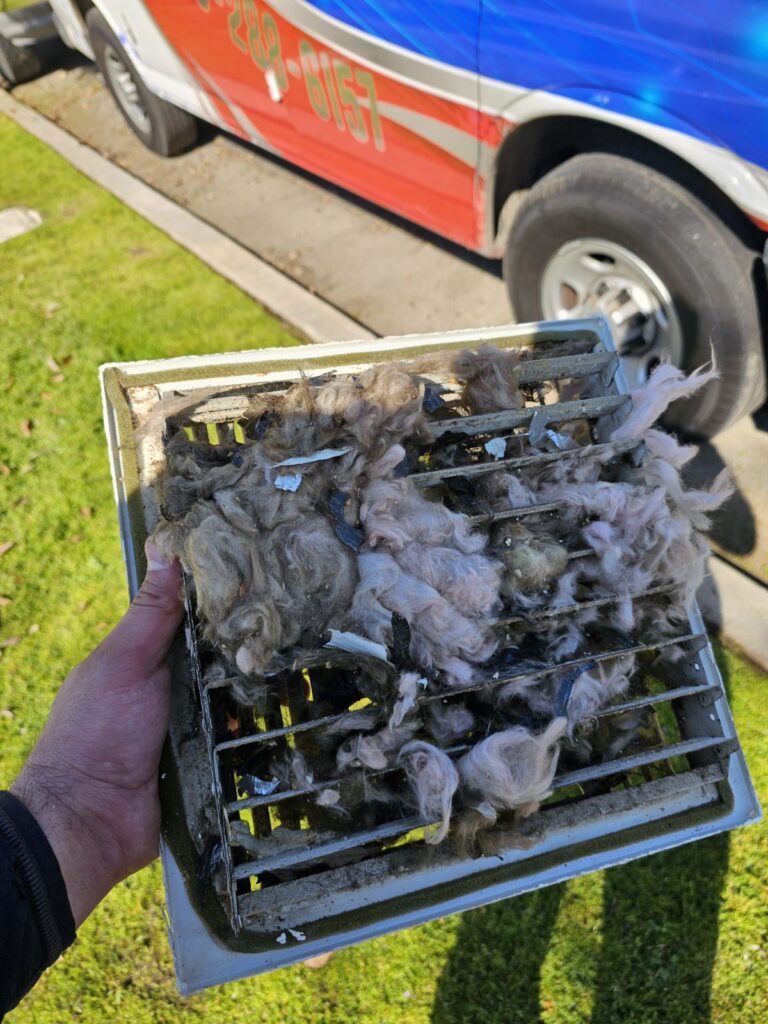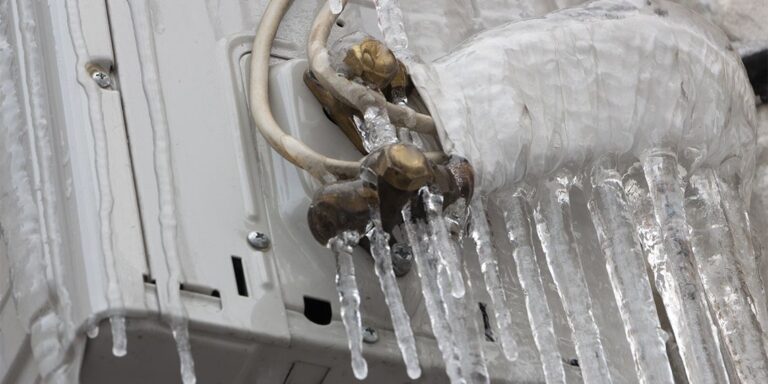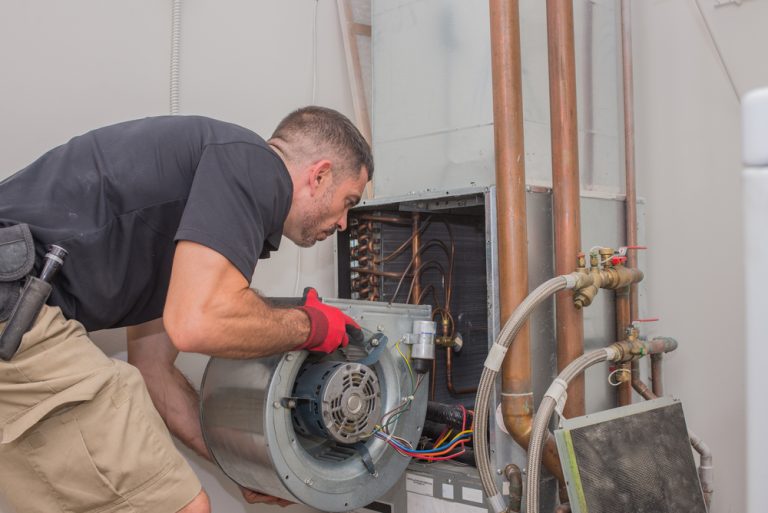Humidity control plays a significant role in maintaining indoor air quality, alongside keeping us comfortable with HVAC systems. The right humidity level helps regulate your home’s temperature and keeps your family healthy. In this blog post, we will explore indoor humidity and help you find the optimal levels for maximum comfort.
How Swamp Coolers Work
Swamp coolers work by using water to transform hot air into cool air. They contain a fan, water pump, and cooling pads. When hot air enters the unit, it passes over the damp cooling pads, resulting in cooler air. The fan then blows this cool air into your home. This process requires ventilation, so windows and doors must stay open to prevent excess humidity.
Installing the Swamp Cooler
Swamp coolers come in various sizes, from portable units to whole-house systems. Installing a whole-house unit involves connecting it to your ductwork, which may require professional installation. A portable swamp cooler should be placed near a window to release and bring in cool air. It also needs to be near an electrical socket for power.
Ideal Humidity Levels
The ideal humidity range for most homes is between 30% and 50%. Consistently high humidity above 50% can cause musty odors, foster bacterial growth, and lead to mold, compromising your family’s health. On the other hand, low humidity below 30% can cause allergic reactions, dry skin, and even damage your home’s structure, leading to wall cracks and peeling paint.
Maintaining Proper Humidity
To maintain maximum comfort and health, use a humidifier or dehumidifier, depending on your needs. A dehumidifier reduces humidity levels, while a humidifier increases them. If your HVAC system has a built-in humidification feature, you might only need to adjust it to achieve ideal humidity.
Consulting an HVAC Professional
An HVAC professional can help test your home’s humidity levels and recommend the best approach for optimizing indoor air quality. Their advice may include keeping your home well-ventilated, using exhaust fans in high-moisture areas, sealing air leaks, using air conditioners, and installing a humidification or dehumidification system.
Maximum comfort and safety are essential for a healthy home, and humidity levels play a crucial role in maintaining these. With some knowledge and support from HVAC professionals at Mechanical Air, you can keep cool and maintain ideal humidity year-round. By balancing humidity in your home, you’ll create a comfortable living space, which is vital for your health and well-being.
Follow us on Facebook!
Read our reviews here!





